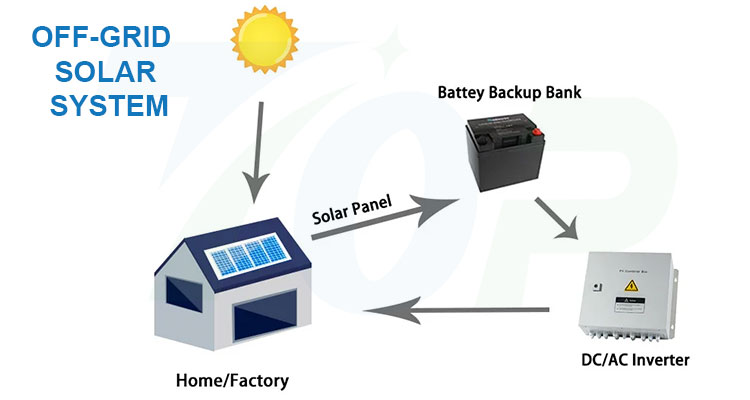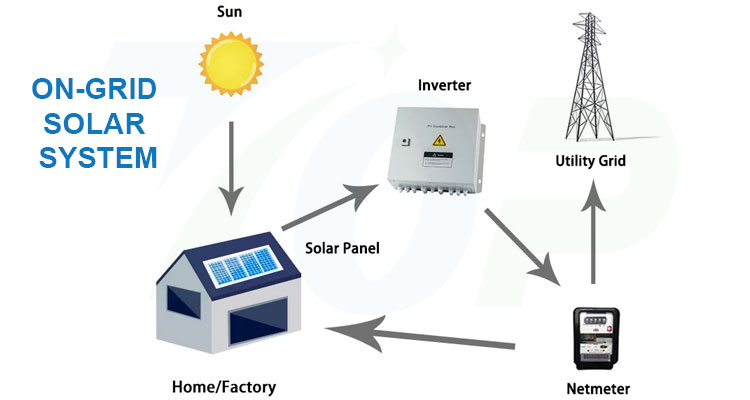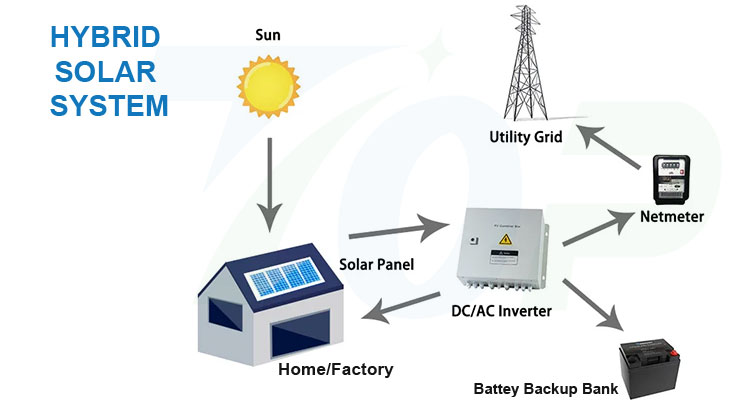In the rapidly evolving world of renewable energy, particularly in solar energy installations, the importance of metal roof solar mounts and roof support solutions cannot be overstated. Whether for industrial or residential buildings, choosing the right support system is crucial to ensure the stability, efficiency, and durability of a solar panel installation. In this blog, we’ll explore some of the most advanced roof support solutions that are making waves in the industry today, focusing on the metal roof solar mounts, flat roof PV mounting systems, and iron roof mounting brackets.
1. Metal Roof Solar Mounts: A Robust Solution for Industrial Buildings
For industrial buildings with metal roofs, metal roof solar mounts are often the go-to solution. These mounting systems are designed to be securely attached to the roof, offering a stable base for solar panels. The advantage of metal roof solar mounts lies in their versatility and strength. Unlike traditional methods, these systems minimize the risk of roof damage during installation and can withstand harsh weather conditions like heavy winds or snow.
These advanced roof support systems are specifically designed to work with different types of metal roofing, such as standing seam or corrugated metal. The self-drilling metal roof solar mounts are particularly efficient, as they allow installers to secure the mount without having to penetrate the roof, which helps maintain the integrity of the roof and prevents potential water leaks.
2. Flat Roof PV Mounting Systems: Ideal for Urban Installations
Flat roofs, commonly found in urban environments or industrial complexes, offer another unique challenge for solar panel installations. Unlike sloped roofs, flat roofs require a more specialized approach. Flat roof PV mounting systems are engineered to provide a stable platform for solar panels while ensuring minimal roof penetration and preserving the aesthetic and integrity of the structure.
One of the key benefits of flat roof PV mounting systems is their adjustability. These systems often come with adjustable tilt angles, allowing solar panels to be positioned at the optimal angle for maximum sun exposure, thus improving energy generation. They also typically use ballasted systems that do not require drilling into the roof, making them a popular choice for building owners who want to avoid potential roof damage.
3. Iron Roof Mounting Brackets: Reliable and Cost-Effective Solutions
For residential buildings with corrugated or iron roofs, iron roof mounting brackets offer a cost-effective yet reliable solution for securing solar panels. These mounting brackets are designed to be attached directly to the iron roofing sheets, providing a solid structure to support the solar panels. The strength of iron roof mounting brackets lies in their ability to bear significant weight, ensuring that solar panels remain stable, even under adverse weather conditions.
These brackets also come in various sizes and configurations, allowing them to fit different types of iron roofs. Whether you are dealing with a flat or sloped iron roof, the installation of iron roof mounting brackets can be customized to fit the specific requirements of the building, making them highly adaptable and efficient.
Why Choose Advanced Roof Support Solutions?
When choosing a roof support system for your solar panels, it’s crucial to prioritize the following aspects:
Durability: The system must be able to withstand weather conditions such as rain, wind, and snow. Metal roof solar mounts, flat roof PV mounting systems, and iron roof mounting brackets are all designed to provide long-lasting stability under various environmental factors.
Ease of Installation: Look for mounting systems that offer straightforward installation procedures, reducing the overall time and cost of the installation. Many metal roof solar mounts and iron roof mounting brackets come with easy-to-follow instructions that make the process quicker and more efficient.
Customization: Different roof types require different solutions. Systems like flat roof PV mounting systems are highly customizable to ensure that they meet the specific needs of the building, whether it’s for a residential or industrial setup.
Cost-Effectiveness: Advanced mounting systems such as iron roof mounting brackets provide a high return on investment. They are designed to be affordable without compromising on quality, making them an ideal choice for residential and industrial projects.
Conclusion
The world of solar energy is rapidly advancing, and with that comes the need for more robust, reliable, and efficient roof support solutions. Whether you're installing solar panels on a metal roof, a flat roof, or using iron roof mounting brackets, there are now a variety of options available that cater to both industrial and residential needs. By choosing the right system for your building, you can ensure your solar panels remain securely fixed, operating efficiently, and contributing to your energy needs for years to come.
For those considering solar installations, it’s crucial to work with an experienced supplier who can help guide you in selecting the best metal roof solar mounts, flat roof PV mounting systems, and iron roof mounting brackets that suit your specific needs. At Xiamen TopFence Co., Ltd., we offer a wide range of advanced mounting solutions tailored to ensure long-term performance, safety, and efficiency. Contact us today to learn more about our high-quality solar mounting products and how we can help make your solar project a success!









